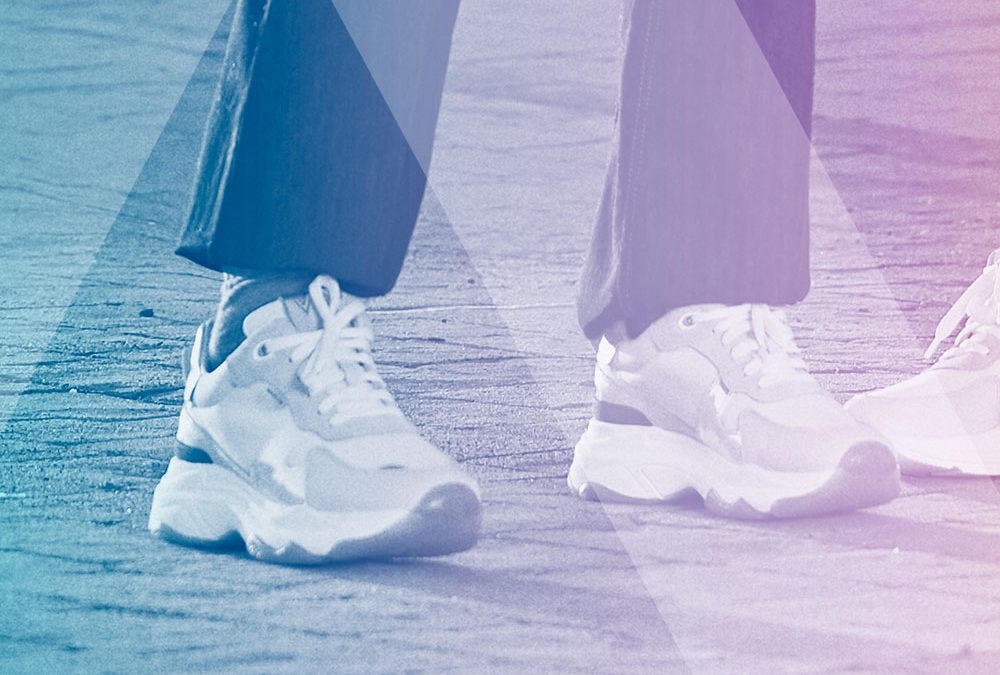“Time to rewire the fashion system.” With that phrase begins the update that BOF & McKinsey have generated for their annual report The State of Fashion 2020. In this post covid-19 fashion, where are we going?
To be very honest, before the coronavirus pandemic came to stay, the data around the fashion industry were not very good for this 2020. These bad data already pointed to a year with a lot of uncertainty where pessimism was becoming notice at all levels of the industry.
However, in the face of the disruptive event of COVID19, a true economic and health debacle, the perspective of fashion has become even darker than it was already predicted. The textile and fashion industry is now on red alert. This unpredictable humanitarian and financial crisis has made previously planned strategies for 2020 redundant, leaving fashion companies exposed or without a tailor-made rudder. Fashion brands face an uncertain future. How to get everything back after this great break?
Changes in consumption in fashion post covid-19
Without a doubt, it is the highlight of the post covid-19 era. The way users consume has changed. Now, they prefer buying online more than buying in physical stores. Fear or imposed restrictions make consumers no longer enjoy their purchases the same. Therefore, brands have to focus on improving online sales.
Improvements in logistics processes, in communication with potential customers, in smoothing the conditions of purchase, changes or returns or implementing a system of offers / discounts adapted to each type of consumers are bets that online businesses have to carry out.
The consumer has become less impulsive in the face of economic uncertainty. Therefore, you have to offer all the best to spend your money on a certain brand.
Sustainability and digitization in fashion post covid-19
The “consumer quarantine” could accelerate some of these post-covid-19 fashion consumer shifts, such as a growing antipathy to waste-producing business models and higher expectations for sustainable, purpose-driven action. Meanwhile, some of the changes we will witness In the fashion system, such as digital shift, seasonal retail, seasonal design, and the decline in wholesaling, are mostly an acceleration of the inevitable – things that would have happened further down the road. Way if the pandemic had not helped them gain speed and urgency.
Intraglobalization and neo-relocation
The coronavirus also presents the fashion industry with an opportunity to completely reset and reshape the industry’s value chain, and an opportunity to reassess the values by which it measures stocks.
This will also be a time for collaboration within the industry, even between competing organizations. No company will survive the pandemic alone, and fashion retailers need to share data, strategies and insights on how to navigate the storm. Brands, suppliers, contractors and retailers should also find ways to share the load.
The weight of values on consumers
Consumers will begin to demand more from brands, not from their products, but from how companies add to their lives, what is behind their processes and the values that build it. Currently, the brands that are having the greatest engagement with their audience are those that have been empathetic, vulnerable and real in the face of the situation that occurs worldwide.
Nike, with its messages of “play inside, play for the world”, Glossier sending hand lotion to nurses in the United States, Inditex making its logistical force available to Spain, and so many others who have decided to take a position of solidarity. It is a time where the consumer is becoming aware of where and to whom they are going to make their purchases; it is those brands that have shown values and action at this time that will be rewarded with loyalty and purchases later.
The rise of local shopping
Probably if you did not know brands from your country, today we know a few that are present on social networks and that is that part of the positive things that the coronavirus has generated is the interest and support of what is manufactured locally.
The vast majority of local designers are small entrepreneurs who, like all industries, have been hit by the situation. Acquiring parts made in your country is not only a consumer trend to support business, but also a way to buy parts minimizing the risk of shipments from abroad and processes that make us think “where has my package been”, a concern latent within buyers.
Produce on demand and not massively
Another discussion that has been discussed in the wake of the pandemic is how the way of production will change. Among one of the scenarios, there has been talk of generating collections only on demand and not with sales projections from previous years. It is well known that many fashion brands generate garments that often end up in discount racks or outlet stores.
The global crisis has caused several brands to rethink generating products only on demand to minimize costs and excess parts, which will also help reduce impacts on the environment.
Conclusion
Without a doubt, in a few weeks the fashion industry has changed. To this is added that consumers have also changed the way they buy and / or choose a brand. Now, fortunately, sustainability, brand values or local manufacturing are more important than other factors.
We have felt vulnerable. We have discovered the darkest side of life. How something so small can change the way we live. Therefore, it is necessary to all row towards this new normal, more constructive and less destructive. Add and never subtract. This is a matter for all actors in the sales process: from the designer, to the manufacturers, to the brands or even the consumers.
In the coming months we will discover what this post covid-19 fashion will be like.


COMMENTS